ARDMORE, Okla. — Noble Research Institute announced today that it will focus all of its operations on regenerative agriculture and set its primary goal to regenerate millions of acres of degraded grazing lands across the United States.
Noble will achieve the vision through its direct work with farmers and ranchers across the nation as they make the transition to and profitably maintain regenerative management of their lands.
“Land stewardship is a core value held by many farmers and ranchers,” said Steve Rhines, president and CEO of Noble. “Regenerative agriculture is the next step in the land stewardship journey wherein farmers and ranchers reduce their reliance on conventional practices and concentrate on restoring or regenerating the soil. The soil is the cornerstone of a healthy ecosystem and a productive farm or ranch.”
Regenerative agriculture differs from both mainstream conventional and organic agriculture in that it does not focus on inputs (such as fertilizer). Instead, regenerative agriculture uses interactions among soil, plants, water and animals to help build resilience in the soil. Resilient soil is more drought- and flood-resilient, decreases the use of chemical inputs (and related costs), reduces water contaminants, enhances wildlife habitats, and captures carbon in the soil to mitigate climate variability.
Noble’s programming will center exclusively on regenerative ranching, which applies regenerative principles specifically to grazing lands. About 85% of U.S. grazing lands are unsuitable for producing human food crops, such as corn. However, grazing lands provide consumers with nutrient-dense meat from grazing animals, such as beef cattle, one of Noble’s primary focuses for the past 75 years.
Importantly, the U.S. has about 655 million acres of grazing lands across all 50 states — making grazing the nation’s single largest land use. It is estimated that 70% of global grazing lands are in a state of degradation.
Working directly with farmers and ranchers, Noble’s consultants, educators and researchers will seek ways to overcome the barriers that often deter farmers and ranchers from adopting or using regenerative principles. These barriers can be significant. They include the lack of science-based and economic knowledge about the impact of regenerative management as well as limited access to practical information that farmers and ranchers can use in day-to-day operations.
“Without an understanding of key principles or help answering vital questions, adoption of regenerative ranching can seem too great a challenge to attempt alone,” Rhines said. “For 75 years, farmers and ranchers have been at the heart of our work. We are obsessed with helping them and their land flourish. Our research, consultation and educational programs are all designed to encourage and support farmers and ranchers. This history brings us to where we are today. We will combine Noble’s expertise, values and goals with other like-minded farmers, ranchers and collaborators to answer critical questions and guide others in their journey in regenerative ranching.”
Noble has committed its 14,000 acres of grazing lands and livestock operations, located in southern Oklahoma, to provide education and demonstration for supporting others’ transitions from conventional to regenerative management. These acres will reveal both challenges and successes in Noble’s own regenerative journey, which Noble will openly share with others to benefit their own experiences.
Noble’s regenerative programming will aim to do more than build technical knowledge. It will provide science-based study of the economics of regenerative land stewardship in grazing animal production.
“Noble was established to understand and apply the principles of land stewardship and soil conservation so that the land remains productive for future generations,” said Susan Brown, chair of the board of directors of Noble’s governing body (The Samuel Roberts Noble Foundation) and granddaughter of Noble’s founder, Lloyd Noble. “Part of this equation is making sure that farmers and ranchers are profitable so they can continue to reinvest in the land and its restoration. Otherwise, at some future point, we will have neither the land productivity to provide for our food needs nor the farmers and ranchers available to do so.”
For more information about Noble Research Institute, visit www.noble.org.
Photos
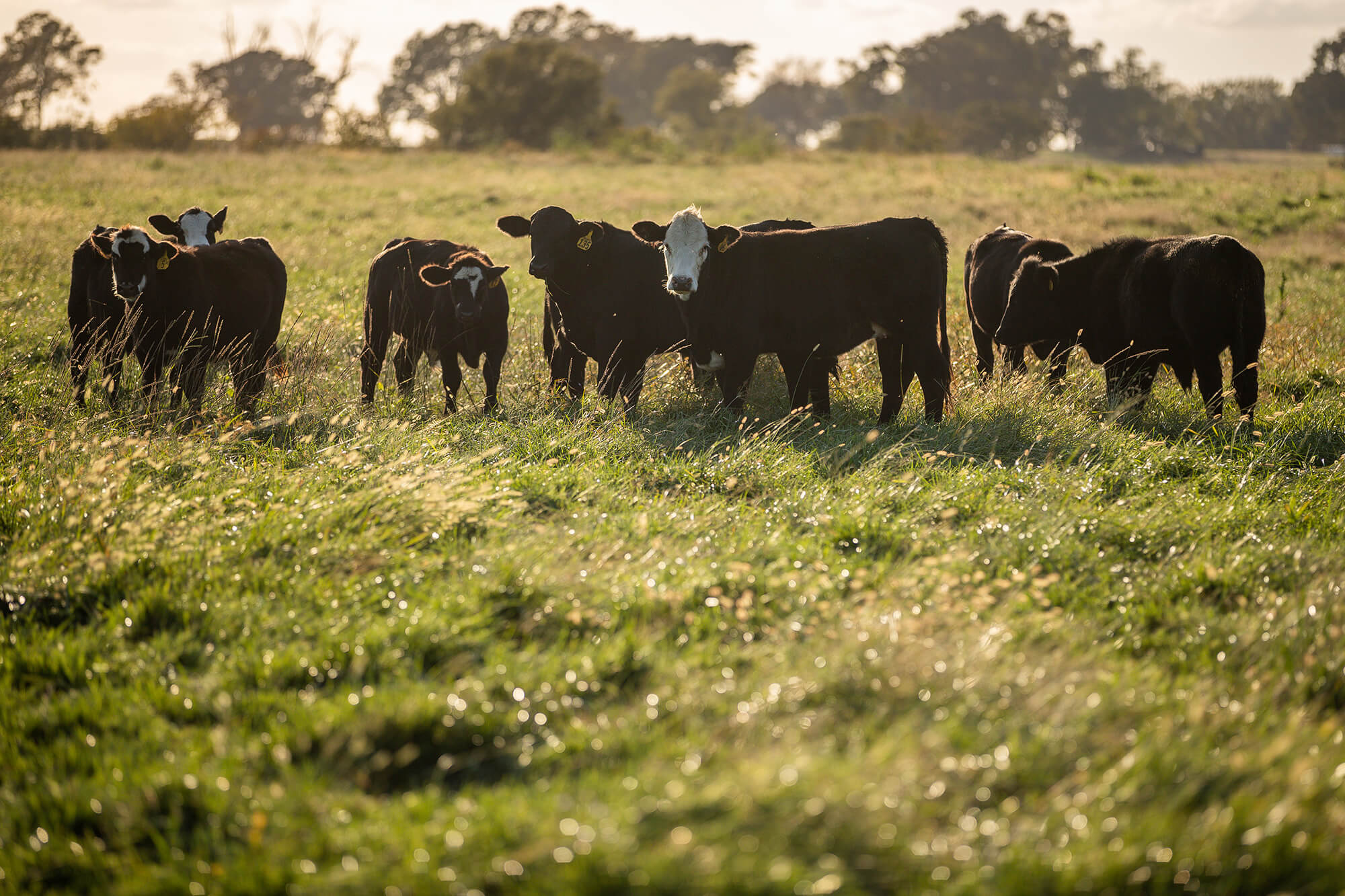
Video
B-roll related to this press release can be downloaded directly from Noble Research Institute by following these links:
About Noble Research Institute
Noble Research Institute is the nation’s largest nonprofit dedicated to farm and ranch management and has been a leading, trusted resource in agriculture since 1945. The organization serves agricultural producers with education, research and consultation on regenerating soil health to improve their land, livestock and livelihood. Demonstrating its ongoing commitment to restoring U.S. grazing lands, Noble actively manages 13,500 acres of working ranchlands to provide real-world insights and applications for farmers and ranchers.
For more information about Noble Research Institute, visit www.noble.org.
For media inquiries about Noble Research Institute, please contact:
Kim Leaston | Sr. Public Relations Specialist | mailto:[email protected]
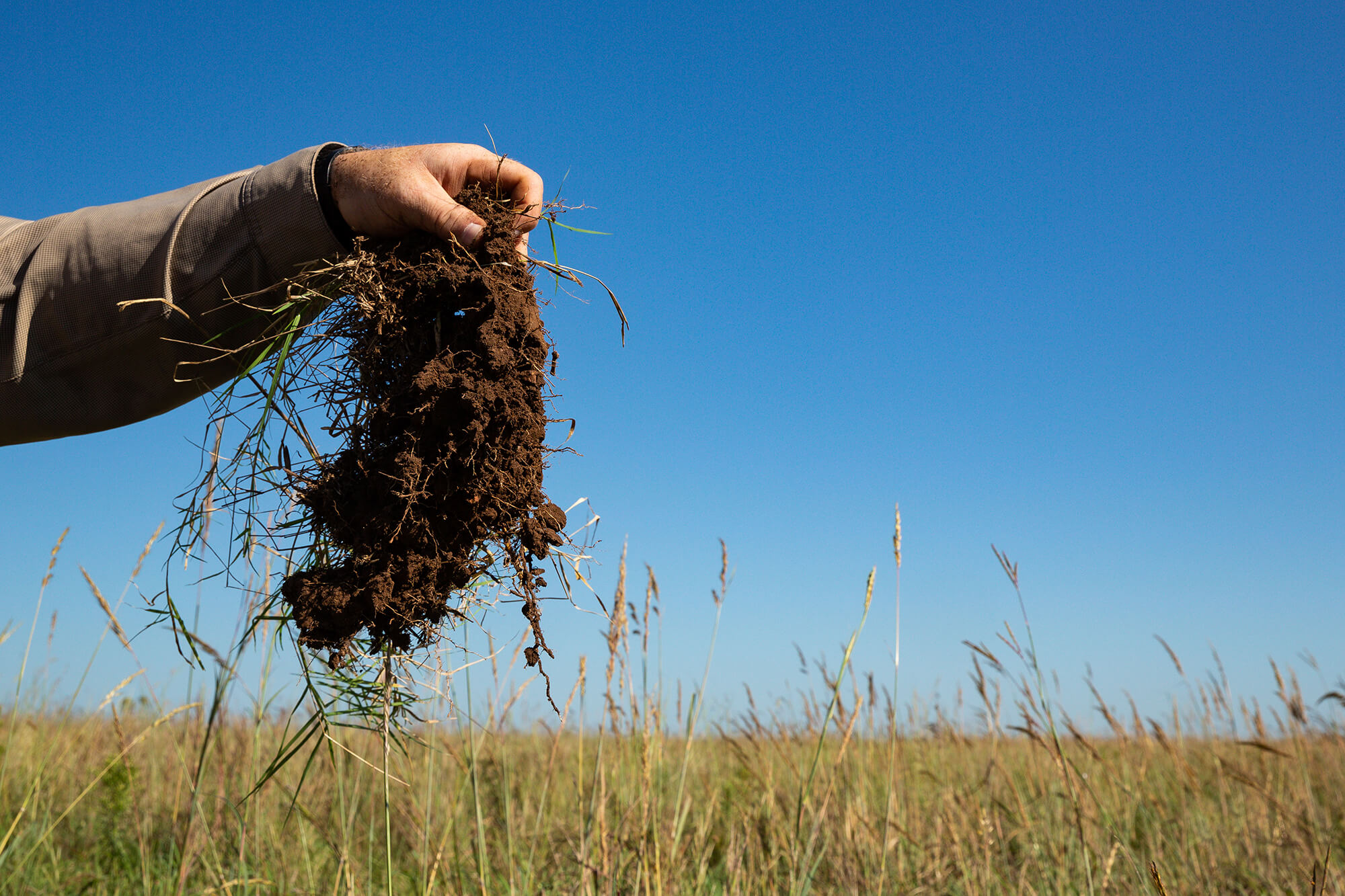
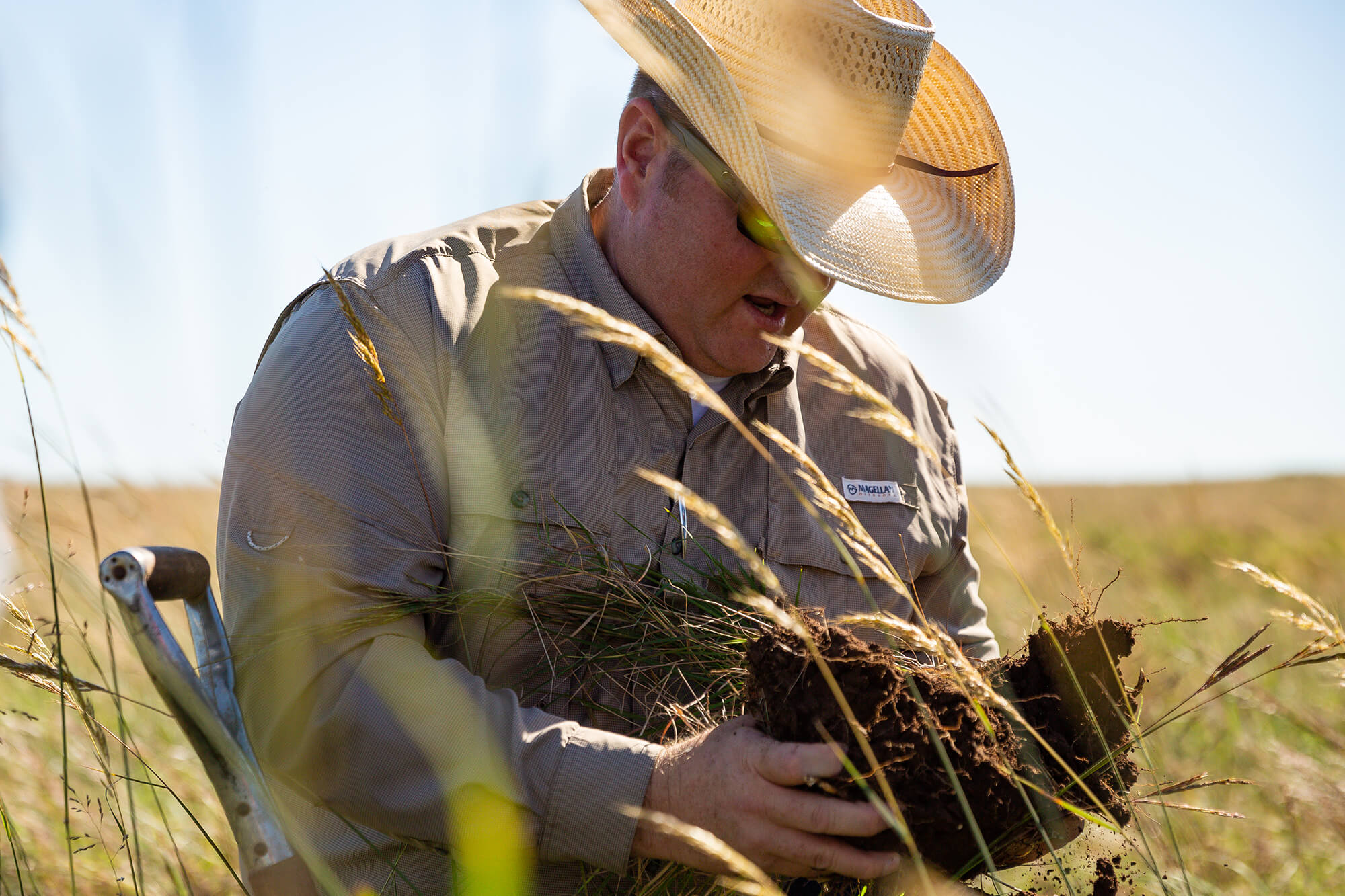
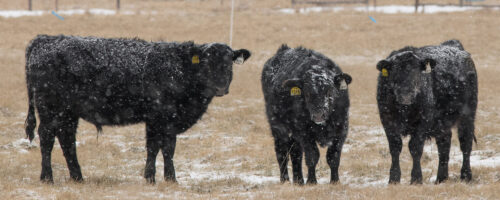
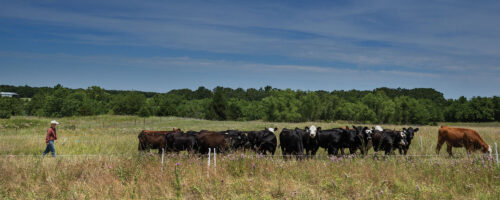
Comment